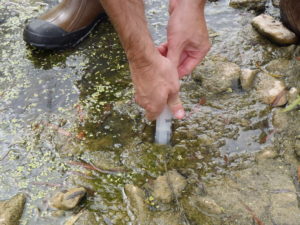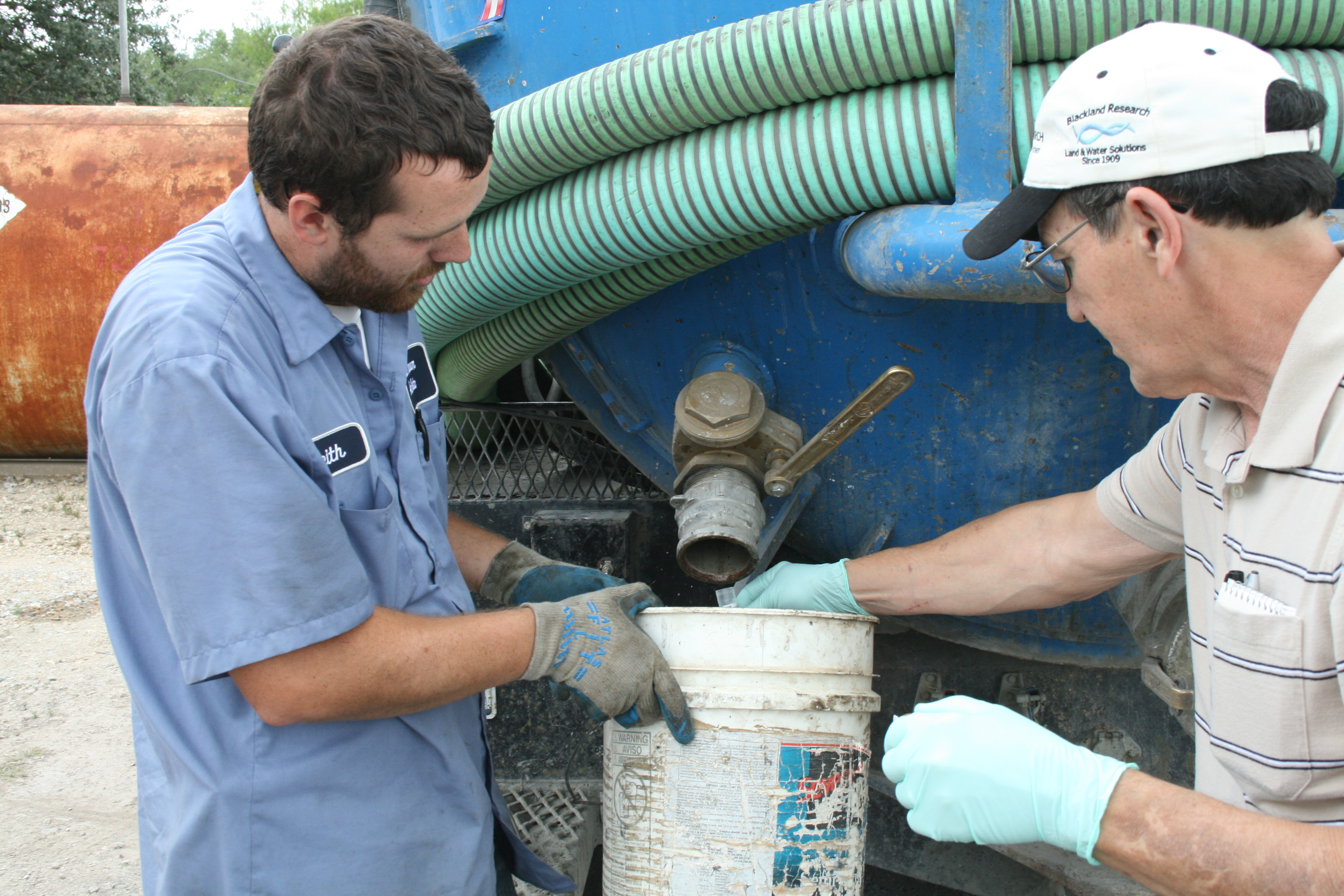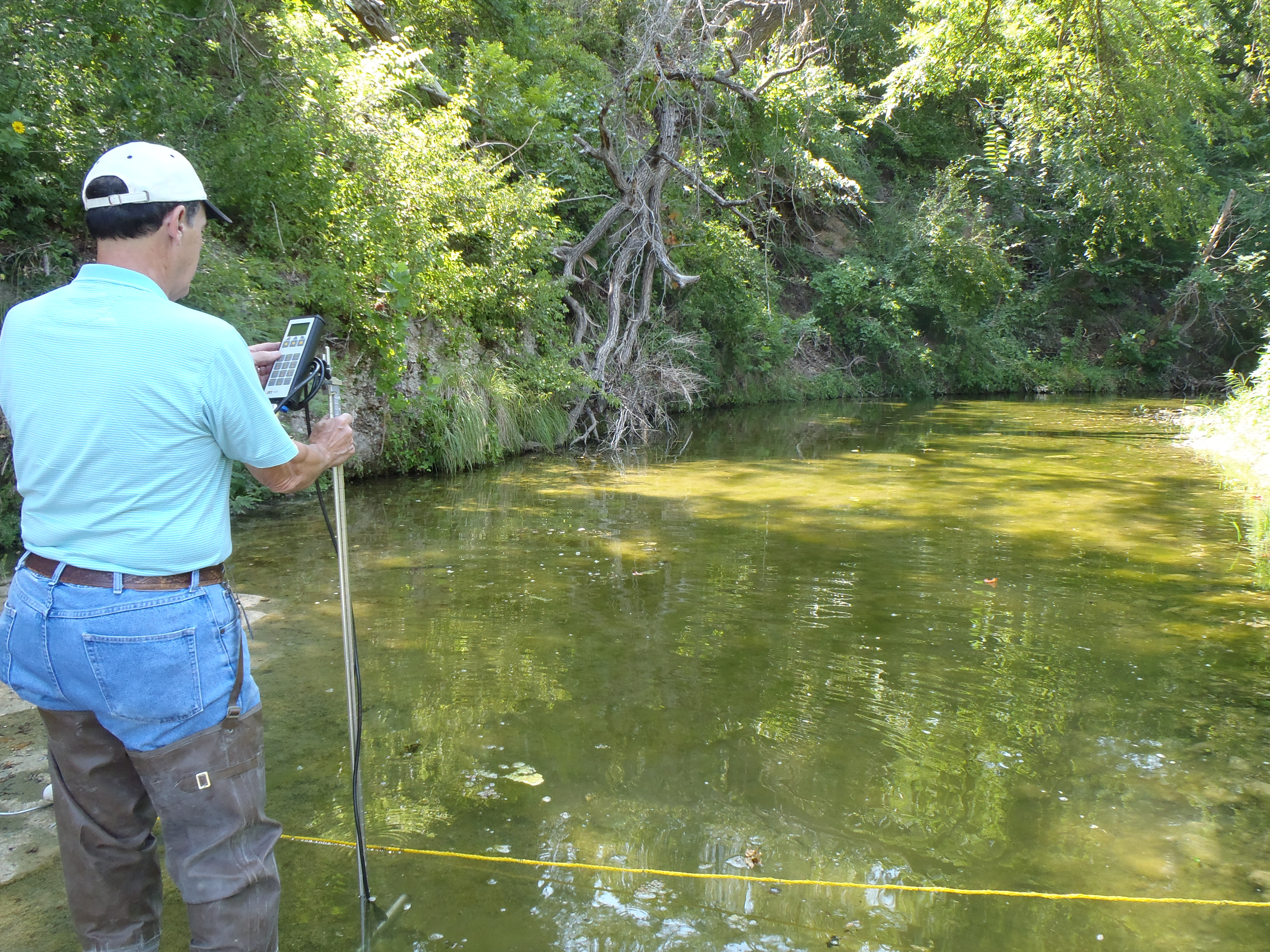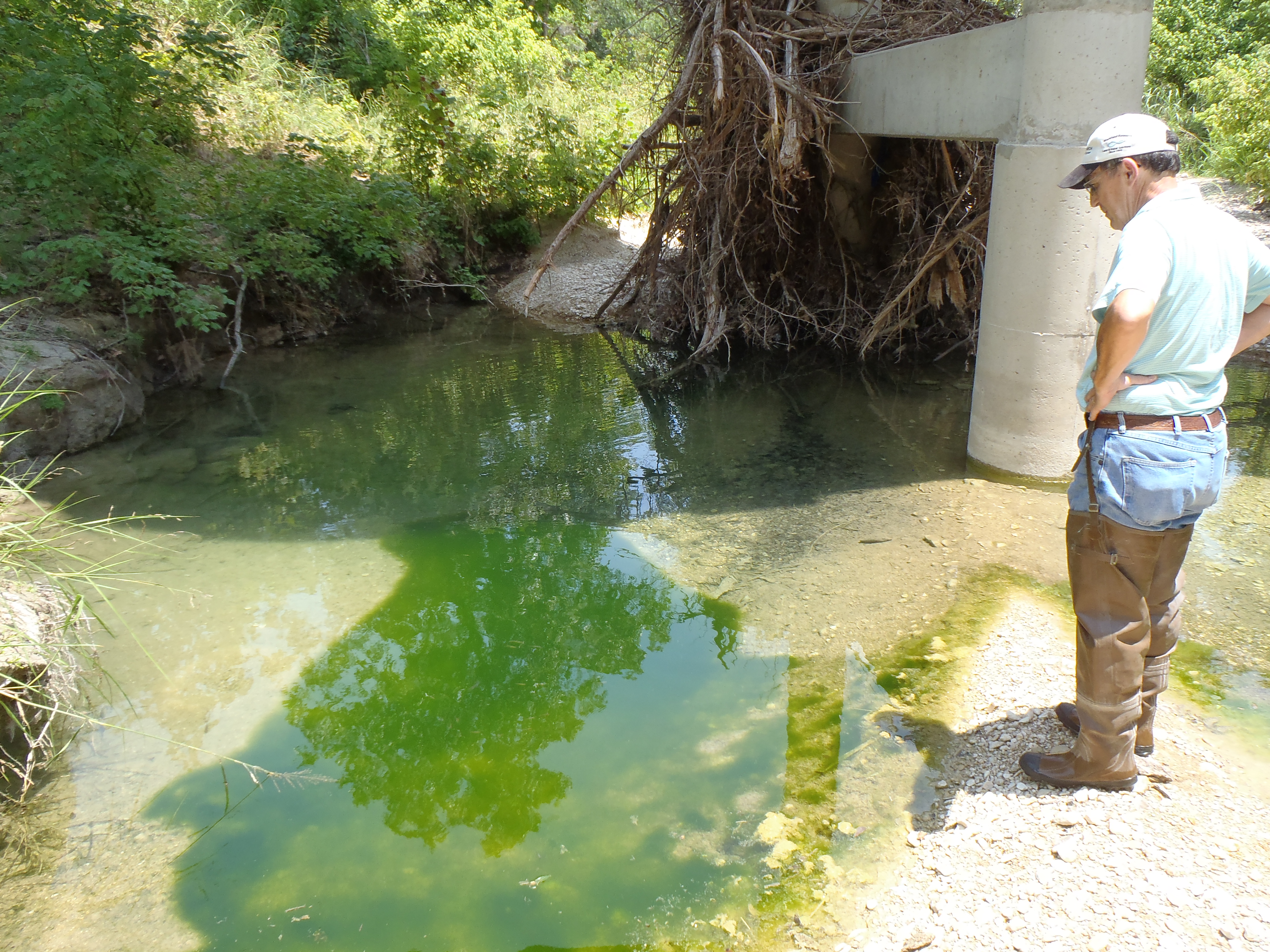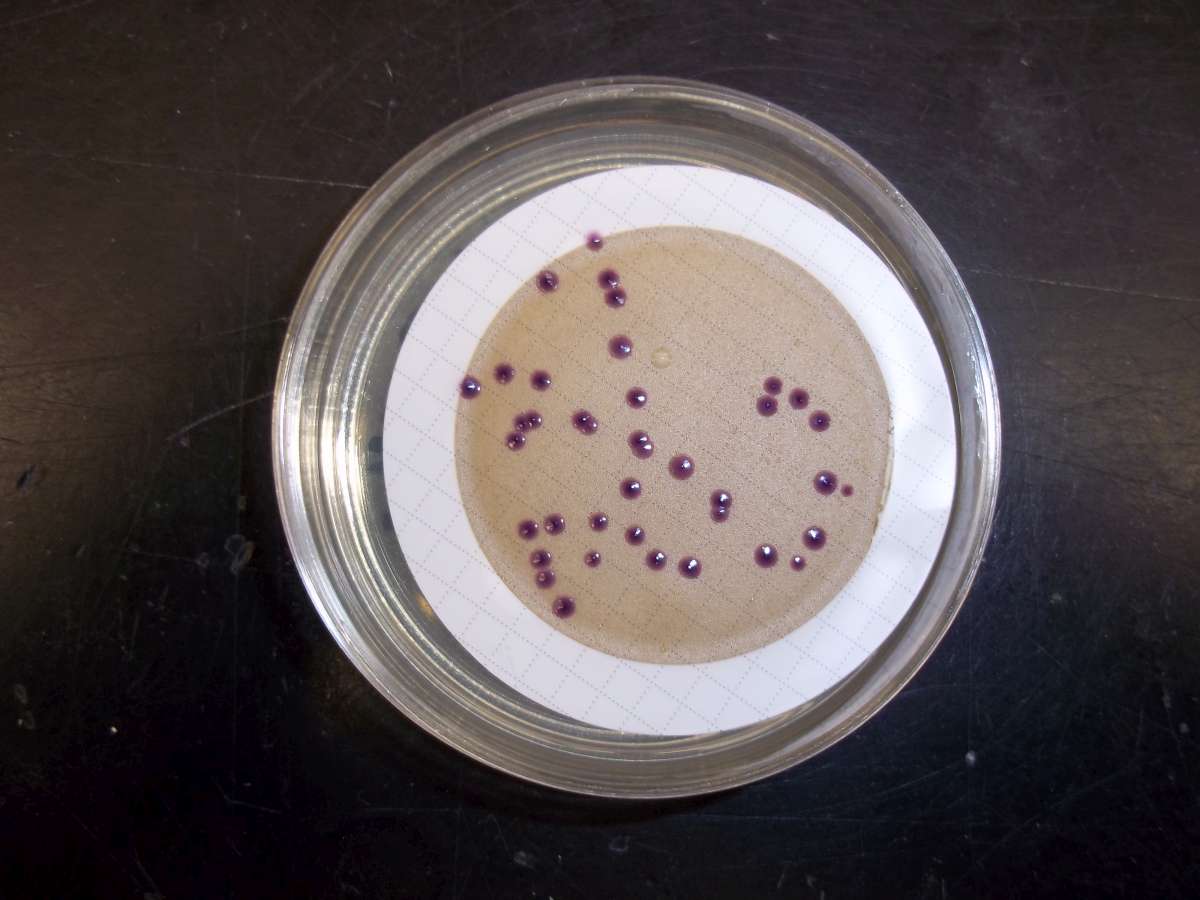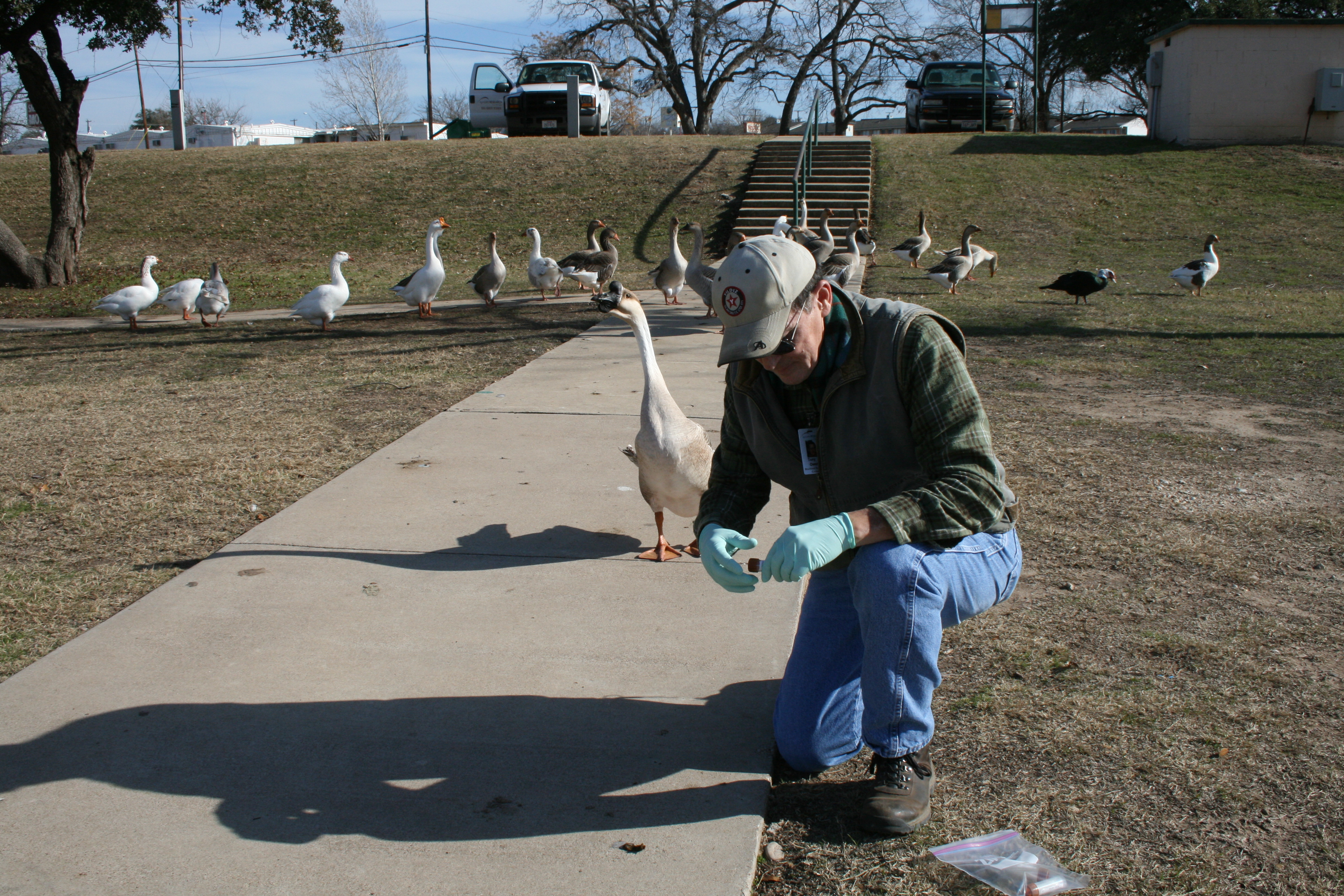Research / Water Science Laboratory / Bacterial Source Tracking to Support the Development and Implementation of Watershed Protection Plans for the Lampasas and Leon Rivers
This project consists of two major components: 1) the collection of water samples in conjunction with stream flow measurements, and 2) the utilization of Bacterial Source Tracking (BST) on collected water samples. The data will provide critical bacteria loading information and source identification information to support the development and implementation of Watershed Protection Plans (WPP) for the Lampasas and Leon Rivers watersheds.
The Water Science Laboratory at Texas AgriLife Research / Blackland Research and Extension Center in Temple (AgriLife-TP) conducted all environmental water sample collection and monitoring. Escherichia coli levels in collected water samples were enumerated utilizing USEPA method 1603; stream flow rates and field parameters (i.e., temperature, pH, dissolved oxygen, and specific conductivity) were collected in conjunction with water samples. Samples were collected at 30 sites – 15 in the Lampasas River watershed and 15 in the Leon River watershed – monthly for a period of 12 months.
Water samples collected and enumerated for E. coli by AgriLife-TP were shipped to Texas AgriLife Research at El Paso (AgriLife EP) for BST analysis. Library-dependent BST were conducted on samples from both the Lampasas and Leon Rivers watersheds by characterizing E. coli isolates utilizing the enterobacterial repetitive intergenic consensus polymerase chain reaction (ERIC-PCR) and RiboPrinting (RP) combination method (ERIC-RP). As BST has previously been conducted in the Leon River watershed, this project helped assess the temporal stability of the Texas E. coli BST Library.
AgriLife-TP collected >100 known-source fecal samples per watershed with focus on human, feral hog, and cattle sources. Wildlife sources including small mammal and avian species were collected as well. Known source fecal samples from the study area were shipped to AgriLife-EP for processing using ERIC-RP analysis. Results were included in the Texas E. coli BST Library.
Student Project Photos

